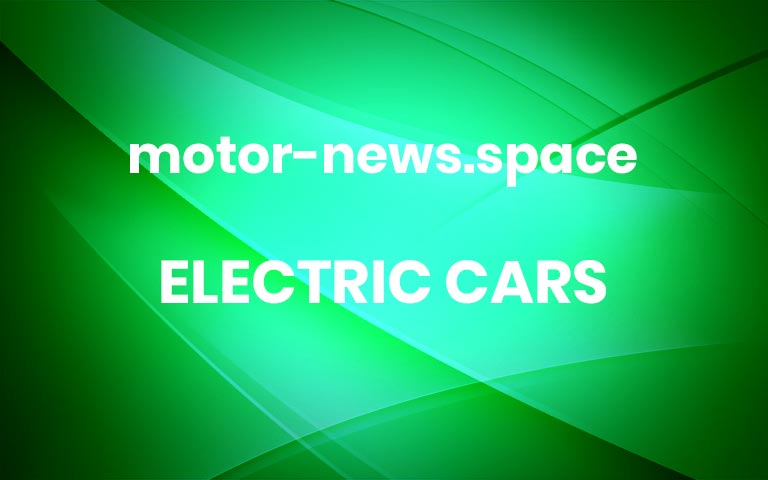Tata Harrier EV Launch In 2024 – Mahindra XUV800 Electric Rival
New Tata Harrier EV will launch with around 60 to 80 kWh battery and AWD setupTata Harrier EVLast year, spy shots of Tata Safari wearing green number plates had surfaced on the internet. It was believed to be of electric Tata Safari test mule. That was the first hint that Tata Motors was working on electrifying the Harrier / Safari platform.Tata Motors is the leading electric car maker in India. Until now, they did not have any real competition. But with Mahindra launching XUV400, and revealing XUV800 Electric concept, Tata Motors had to make a move. It was just a matter of time before Tata announced a rival to the upcoming XUV800 (XUV700 electric version). And that happened at the 2023 Auto Expo when they unveiled the Harrier EV concept.New Tata harrier EV LaunchSpeaking about the Harrier EV, most of the sheet metal is kept identical to Harrier diesel. What has changed is the front fascia. Regular grille is now replaced with a closed one as it doesn’t need much air intake. This new closed grille has horizontal slats creating an interesting pattern.Below it, there are numerous vertical slats forming a bottom grille used for air circulation and cooling batteries. Front parking sensors are present too. Biggest change – as opposed to ICE Harrier is a triangular headlight design looking sleek and modern. LED DRLs are positioned on top of headlights and are slimmer than outgoing Harrier.Tata Harrier EVTata seems to have taken a lot of inspiration from Hyundai where alloy wheel designs are concerned. Harrier EV dons alloy wheels looking very similar to that of Hyundai Alcazar’s. There is a subtle EV badge on the bottom of the front doors. At the back, LED elements inside its taillight are revised and are now connected with a wide LED bar.On the inside, there are some new additions expected. Mainly, a larger 10.25” touchscreen system. This is the same horizontal unit with a slicker user interface as found on Altroz Racer. This screen is likely to replace the aging 7” display with an uninspiring user interface seen on the current Altroz and Nexon.Specs & PowertrainHarrier EV will feature Gen II EV architecture, a generation above Gen I that currently does duties in Nexon EV. Battery pack is expected to be in the region of 60 kWh to 80 kWh, delivering a range of about 500 kms on full charge. Tata Harrier electric price could start from about Rs 35 lakh, ex-sh.Upon launch in 2024, Harrier EV will take on the Mahindra XU800 electric SUV. A working prototype of the same was revealed in Aug last year. Launch of Mahindra XUV800 is also expected in 2024. Both SUVs will come with similar battery range offering a dual motor setup with AWD along the way. More


